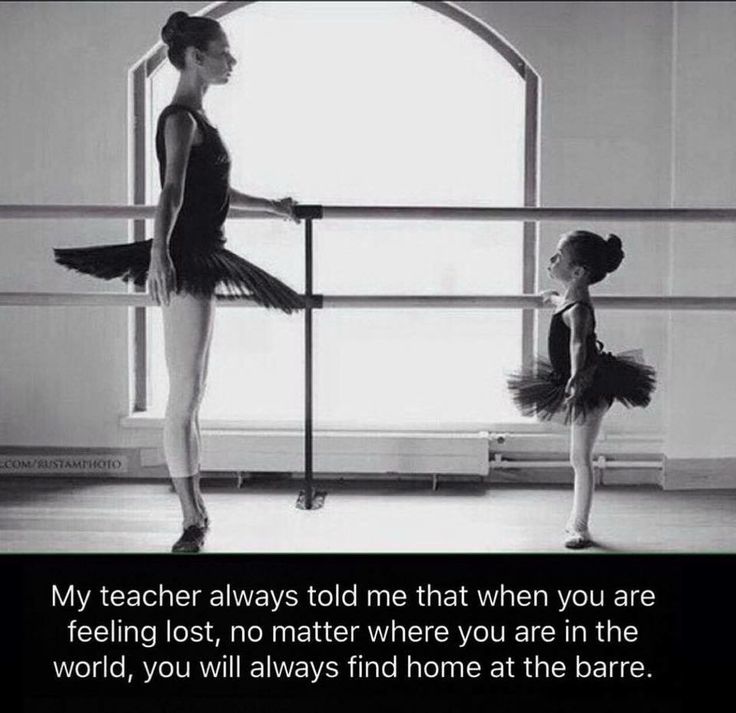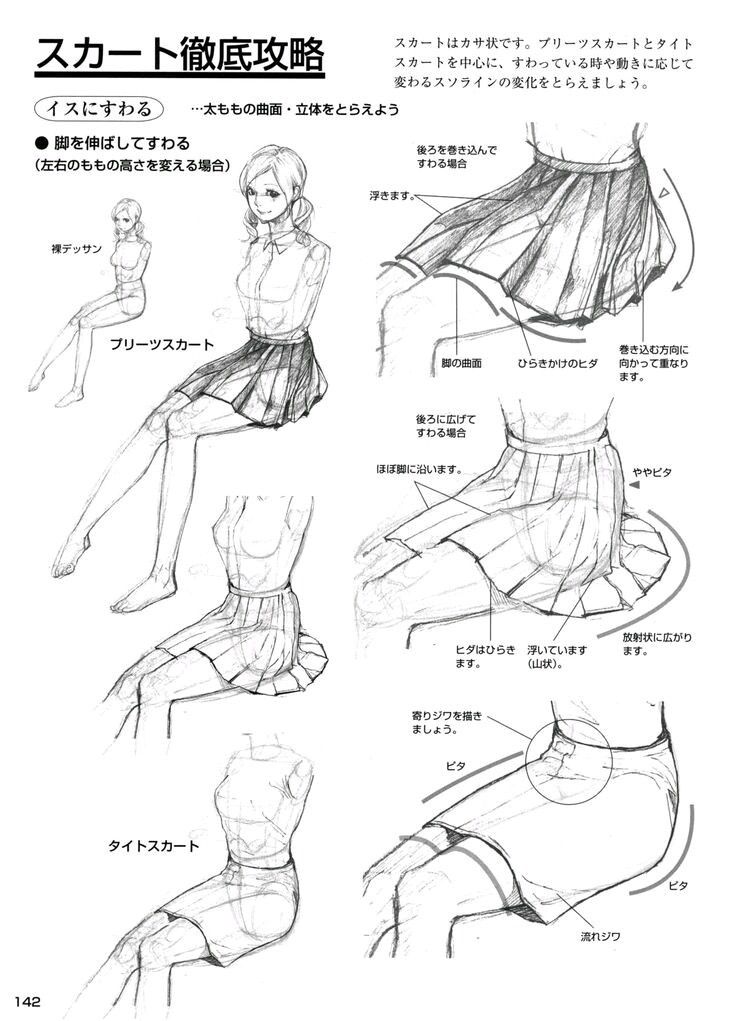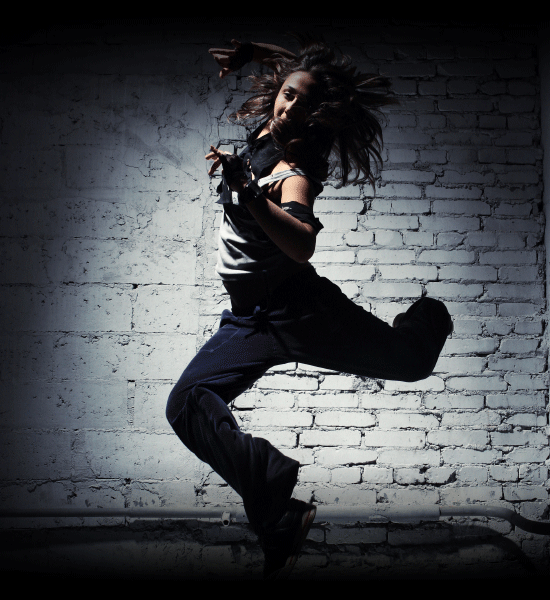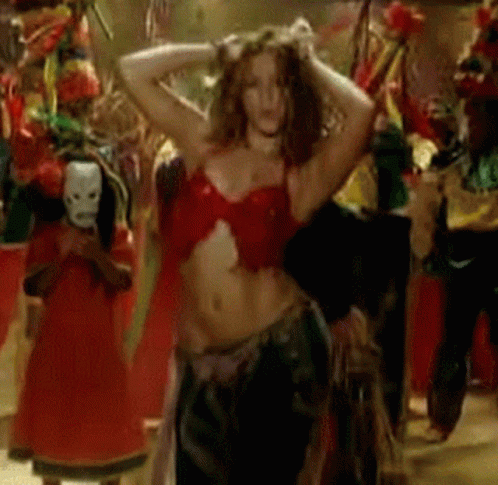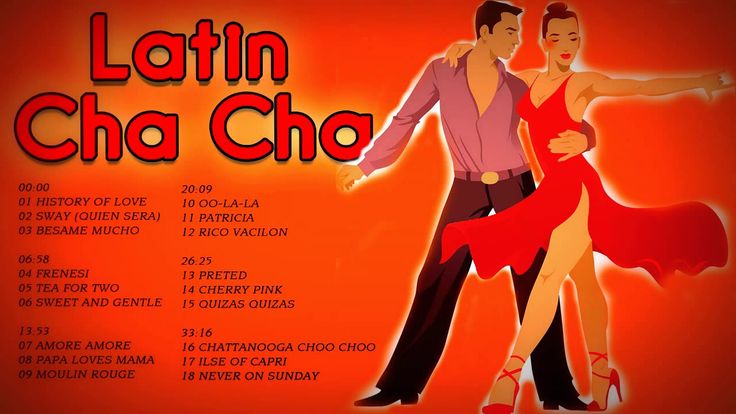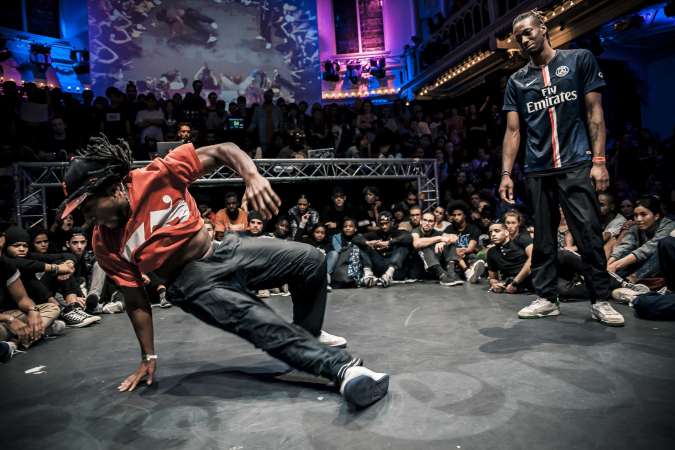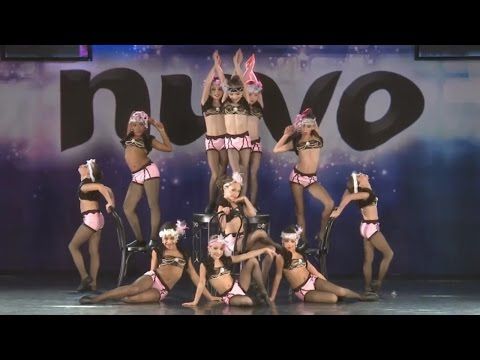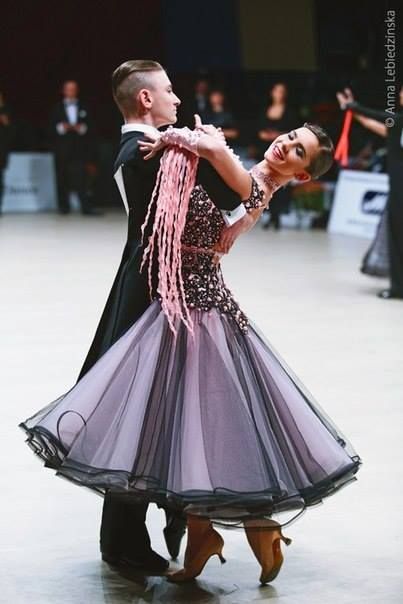How to tell a story through dance
How To Tell A Story Through Dance
Every dance is more than just a series of movements with elaborate names. It is a tiny part in a moving story, a tale told through the combination of dancing and music. Or sometimes just purely with the dance moves alone. At Jade Harrison School of Dance we know the essence of dance is to tell a story and we love sharing this with our students.
But how do you tell a story with dance if you want to try this yourself?
Create a character for the dance
The starting point is always a character. Even if you are telling a real-life story, the character is the person whose story you are telling. In most stories, there’s a good dose of fiction and this can be a fun thing to start with.
Once you know who your character is, then start to think about their movements and how this will impact the dance. For example, if someone is a brash and bold character, then their moves may be somewhat exaggerated. Or someone who is up to something a little sneaky would be slower and more cautious in their movements.
Tie moves with emotions
Telling a story is about playing on emotions and evoking them in your audience. That’s where body language and facial expressions come in. These are the easiest way to show an emotion - happiness in a smile, sadness in a frown.
Not only that but by creating these emotions, you will also feel them. This helps to make the dance more realistic for people watching it. If you are running scared in a section, that feeling of fear you have created will help your dance movements seem more fearful.
Combining emotions with movements helps to create that story. So if someone is angry, the use of a serious or angry look with sharp and strong dance moves will portray this. Or a happy person who just had great news will have that bounce in their step and smile on their face.
Tell the story
Once you have your characters and understand the emotions involved with the story, it is time to put it together.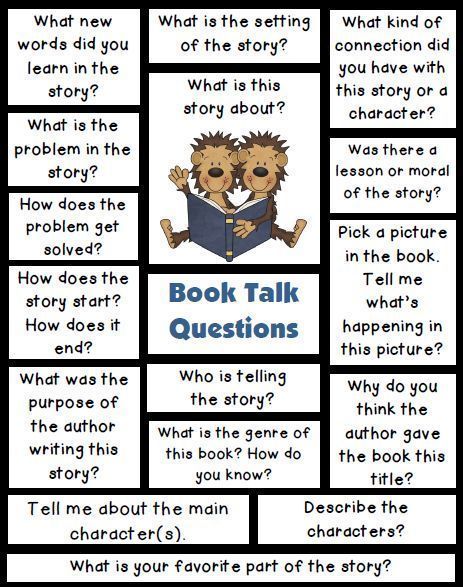 There should be a beginning, a middle and an end to the dance that people can follow when watching.
There should be a beginning, a middle and an end to the dance that people can follow when watching.
Sections of the dance can act like chapters of the story, breaking it down into smaller chunks and highlighting the most important things that are happening. A break-up between a loving couple could be one chapter followed by a lonely walk in the park, heavy with sadness.
Practice your storytelling
The best way to become proficient at telling stories in your dance is to tell yourself stories in life. Use your imagination in other parts of life to imagine the story behind what you see. How could you retell that story with your favourite style of dance?
Humans are hard-wired to respond to stories. That’s why we listen to them as children, why we pause when someone tells one and why we listen to things like the news - where we are told stories about current events. Learning to tell stories in your dance is a huge benefit for your skills as a dancer and choreographer.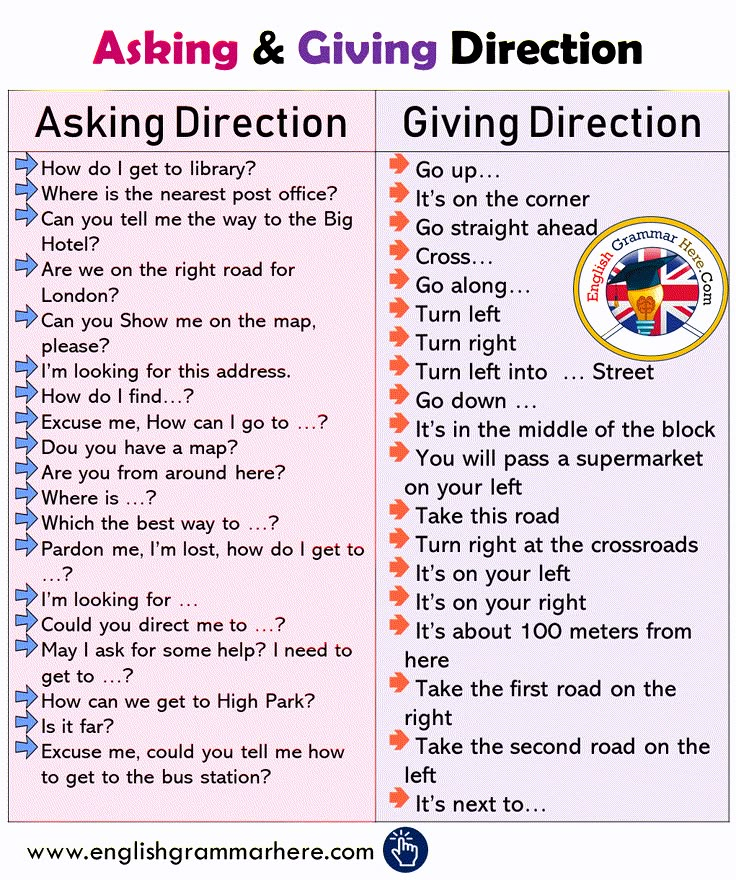
The Art of Telling a Story Through Choreography | Dance Articles
Dances are choreographed to exhibit technique, entertain, express an idea, provoke shock value, display shapes or a motif – among many other reasons depending on the artistic intention. Most often, choreographers aim to combine multiple objectives together. Some pieces are created with the purpose of telling a story: a true event that took place in history or a representation of a common, or not-so-common, human experience. If you were to attend an emme dance collective show, or view any of the company’s work, you will see and feel how movement can be an impactful way of telling a story.
Emily Kline and Melissa Turka (Faller) met at Encore Dance Center when they were six years old, but it was at their college, DeSales University, where they truly learned their love for working together. Melissa had a passion for performing, while Emily focused on choreography. By 2018, in Lancaster, Pennsylvania, they launched their company: emme dance collective.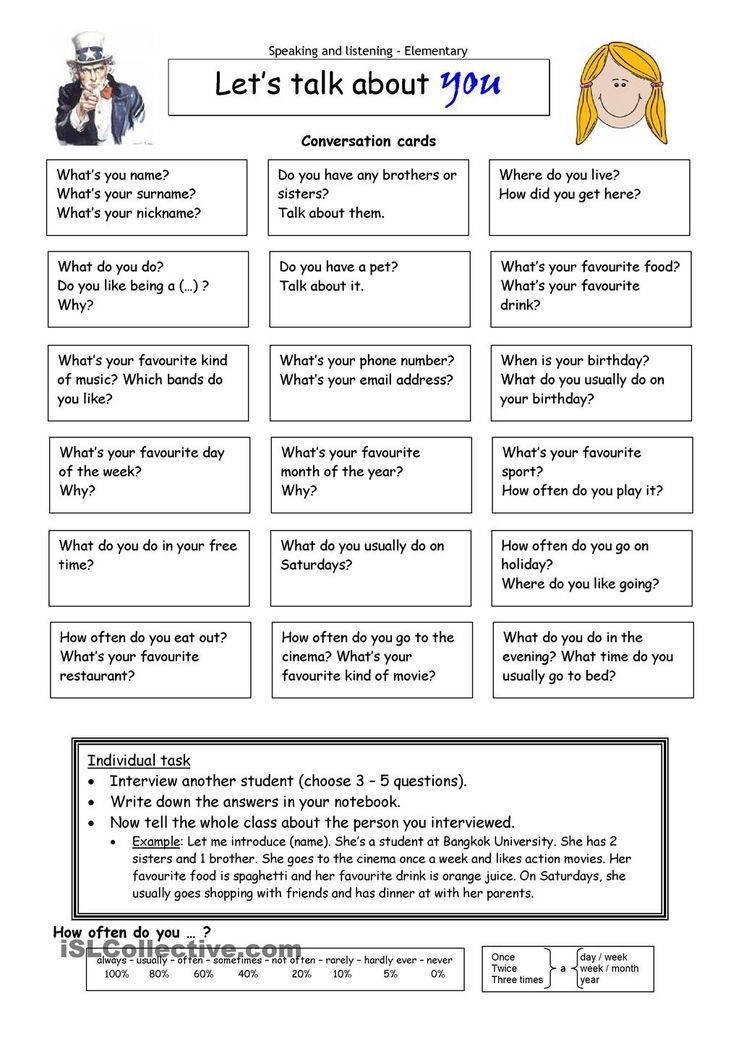
If you are looking to incorporate narrative pieces into your own choreographic repertoire, Emily and Melissa share tips to help present your story more clearly, whether you are just getting started or expanding on processes that you’ve already developed.
Gathering Creative Inspiration
Emily gathers inspiration from subjects such as podcasts, True Crime, local news and happenings, to name a few! From emme’s inception and still to this day, her choreography is also heavily inspired by Melissa’s way of moving. Inspiration can come from anywhere: books, television, history, art, landscapes and infrastructure, as well as previous dance pieces you have seen, the movement of your own dancers, or maybe even from the space where you’ll be performing.
Doing Research
If you really want to get inside a story so that you can effectively direct the movement and emotion of the dancers, it is vital to do as much research as you can on the event. Emily is always reading articles and listening to interviews. For “10.02.06”, a piece about the Amish school shooting on October 2nd, 2006, Emily did a lot of research on the man who committed the crime and what events brought him to that point. She couldn’t imagine what it would be like to be his wife under those circumstances. The piece was not about the man in any way, but rather, focused on the wife in the aftermath and her journey of acceptance to not blame herself. The woman lives locally, and a few days before the piece first premiered, Emily saw that she was going to speak at a church. The talk was about a thirty-minute drive away, and those in the cast who were available went to hear her speak. Listening to her share her experience, discuss where she is now, and how she overcame her trauma, helped the cast connect even more to the movement that they would soon be doing on stage. Of course, chances such as this don’t usually arise – but any research you can do is valuable.
For “10.02.06”, a piece about the Amish school shooting on October 2nd, 2006, Emily did a lot of research on the man who committed the crime and what events brought him to that point. She couldn’t imagine what it would be like to be his wife under those circumstances. The piece was not about the man in any way, but rather, focused on the wife in the aftermath and her journey of acceptance to not blame herself. The woman lives locally, and a few days before the piece first premiered, Emily saw that she was going to speak at a church. The talk was about a thirty-minute drive away, and those in the cast who were available went to hear her speak. Listening to her share her experience, discuss where she is now, and how she overcame her trauma, helped the cast connect even more to the movement that they would soon be doing on stage. Of course, chances such as this don’t usually arise – but any research you can do is valuable.
The success of telling a story through dance lies just as much in their expressions, their presentation of the movement, and how they relate with the other dancers in the piece as it does in the movement itself.

Empathizing with Your Subject
Emily admits she is very much an overthinker whose mind is constantly running, and this trait can be both a blessing and a curse. Before creating, she tries to empathize with the people that inspire her pieces, and imagines what it may feel like being in their position. News outlets move on to cover new topics, but for those who endure the aftermath of certain events, the memories or trauma are carried with them for a lifetime.
Selecting Music
Most ideas can be strengthened with music that evokes the emotion you want to depict. emme is very specific with the music they select. Finding tones and melodies that make you feel how you want the audience to feel is crucial. “If I don’t see it in the music, it won’t work. I need to feel it. If it makes me emotional, I can make movement to go with it,” Emily says. She is not opposed to using music with lyrics, but personally does not like to use lyrics that are directly about the piece. Audio clips can also come in handy. In “Let’s Roll”, a piece about Flight 93, titled after the phrase spoken by Todd Beamer, a sound bite from a news recording was played at the end of the piece. The goal is for the music and movement to work together to produce a theme. Emily and Melissa most often use Spotify when searching for new music because the customized “Discover Weekly” playlists help them find new artists within similar genres of music they like. For interviews or newscast sound bites and voice-overs, Youtube is great as well.
Audio clips can also come in handy. In “Let’s Roll”, a piece about Flight 93, titled after the phrase spoken by Todd Beamer, a sound bite from a news recording was played at the end of the piece. The goal is for the music and movement to work together to produce a theme. Emily and Melissa most often use Spotify when searching for new music because the customized “Discover Weekly” playlists help them find new artists within similar genres of music they like. For interviews or newscast sound bites and voice-overs, Youtube is great as well.
Mapping It Out
It is key to set an intention for your piece and a goal for how you want your piece to come across to the audience. Maybe your story is linear and you want the audience to understand it as such. Maybe it is more abstract. When choreographing, make sure that what you create is not random. “Does this moment support the intention?” Keep asking yourself this question as you move through the creative process to ensure that the final product is cohesive and powerful.
The construction of a work can be approached in many different ways. At emme, pieces are most often choreographed from beginning to end, unless a specific section of the music sparks inspiration before others. Sometimes small holes are left and returned to later. With pieces that are not heavy on the story telling, this format is not as necessary, and of course there is no hard-and-fast rule. This is what emme finds to be the most efficient way to work on these specific types of pieces. Emily finds it very helpful to write out the music, meaning: what she wants to happen in each section, as well as the number of 8-counts in each section. This way she knows how much time is available to make a certain point or complete a phrase or idea. Keep in mind that this map should remain flexible when you get into the studio and work with your dancers. For the overall success of the piece, it’s important to be open to change and follow the instincts of your dancers when necessary.
Using Choreographic Devices
Emily often brings phrases into rehearsal, and then likes to work through them, seeing which direction the dancers’ bodies naturally want to go after certain movements. You will often see gestural movements in emme pieces, with standing and jarring motions of the arms and upper body. Other favorite devices used by emme are:
You will often see gestural movements in emme pieces, with standing and jarring motions of the arms and upper body. Other favorite devices used by emme are:
- Accumulation – movements performed by the dancers in a successive manner, with one starting a phrase and others joining in unison
- Canon – similar to accumulation, but starting from the beginning of the phrase and repeating it exactly (think like when you sing “Row, Row, Row Your Boat”)
- Transposition – transferring a movement to a different part of the body
- Unison – It is very powerful when everyone is moving the same way.
- Repetition – Movements are repeated for emphasis. The use of repetition can unify and tie a piece together.
Of course, there are so many other devices that you can use to generate movement when creating your piece! Here are two more examples:
- Retrograde – movements are performed backwards like a video on rewind (not to be confused with Reversal which is performing the movements in reverse order)
- Improvisation – Improvisation can be utilized in a multitude of ways.
 You can place a section in the piece where dancers improvise for a short amount of time, or as a transition from one formation to another, or to connect two phrases. You can provide a structure or specific intention to these improv sections, such as telling your dancers they can move however they wish but it must all be floorwork, or they must lead with their elbow, or they must move very slowly and in cyclical motions. You can also have your dancers improv in rehearsals, pick the moments that you love, and adjust them to fit what you need (making sure you give the dancers credit in the playbill if you use this method).
You can place a section in the piece where dancers improvise for a short amount of time, or as a transition from one formation to another, or to connect two phrases. You can provide a structure or specific intention to these improv sections, such as telling your dancers they can move however they wish but it must all be floorwork, or they must lead with their elbow, or they must move very slowly and in cyclical motions. You can also have your dancers improv in rehearsals, pick the moments that you love, and adjust them to fit what you need (making sure you give the dancers credit in the playbill if you use this method).
It’s important to note that some themes may require the element of contrast. For example, emme has a piece titled “s p l i n t e r” that is about the high-pressure work mentality in our society, and the idea that things will eventually break apart and splinter if your mental health is being pushed to overwhelming limits. The costumes for the piece are bright colored pant suits, while the music is more somber – reflecting on the concept of the expectation to “put on a happy face”.
Adjusting and Removing Too-Literal Movements
When trying to tell a story through dance, it’s important to avoid the trap of being too literal. Sometimes what you create in your mind may look different once taught to your dancers. Last year, emme dance collective made a piece about Birds-of-Paradise and how they entice their mates. It was challenging not to be too literal, so Emily kept adjusting movements until they weren’t. When this problem arises, stand in front of a mirror, do the movement, and ask yourself “What is making this look too literal?” If it is too gestural, try adjusting the body part you are using to form a different shape, or the entire position of your body.
photo courtesy of emme dance collectiveDirecting Your Dancers
Be as specific as you can with your dancers. The success of telling a story through dance lies just as much in their expressions, their presentation of the movement, and how they relate with the other dancers in the piece as it does in the movement itself.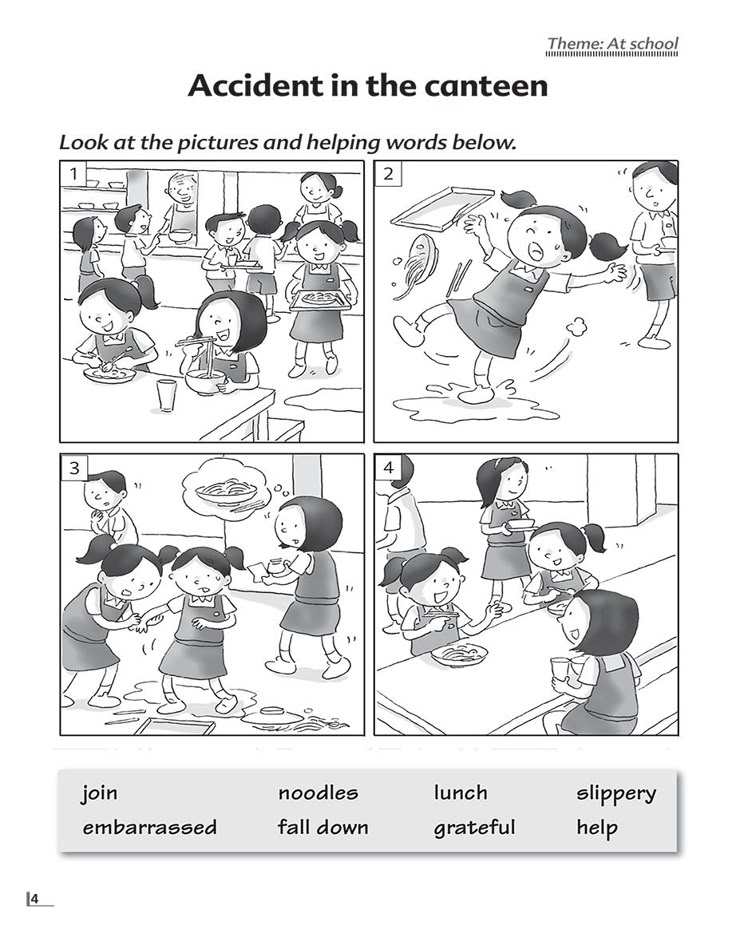 Melissa understands Emily and her choreographic brain really well and helps her verbalize these directions to the dancers.
Melissa understands Emily and her choreographic brain really well and helps her verbalize these directions to the dancers.
Share with your dancers the intention of the piece and what emotion they should tap into when dancing it. You can use a guided improvisation session (potentially with eyes closed) to help set the scene: what would they be hearing at this moment? Seeing in it? Touching in it? Smelling in it? Have them imagine themselves in this scene using all of the senses.
Selecting Costumes
“Melissa and I both tend to favor pedestrian-looking costuming versus traditional costuming that dance studios use,” says Emily. They also rely heavily on the use of specific colors to separate the different characters within a piece. You don’t have to put your dancers in pedestrian attire, but it can be beneficial to make the scene feel more relatable to a real-world scenario. If you’re looking for financially feasible costumes that are more basic in style, emme suggests websites like Boohoo, Shein, Romwe, Amazon, and Old Navy. Weissmans and Dancewear Solutions also have a selection of simpler garments.
Weissmans and Dancewear Solutions also have a selection of simpler garments.
For the overall success of the piece, it’s important to be open to change and follow the instincts of your dancers when necessary.
Hinting Through Titles
Titles should not be overlooked when it comes to telling a specific story through dance, as it is the first impression that your audience will have with your piece. More often than not, the title of an emme company piece will provide a subtle clue about the performance. In the past, Emily considered adding notes in the playbill. However, they decided against spoon feeding the audience, and now stick to providing a nudge with just the title.
In addition to the examples provided earlier, here are a few more examples of title hints from Emily’s repertoire:
- “417” – a work about the number of mass shootings that took place in 2019 and the fear that they ensued
- “alibi” – this piece explores the reaction of family members when their own loved one commits a harmful crime (do they protect them or turn them in?)
- “from there to here” – this dance was choreographed during a time when Lancaster was taking in refugees and was inspired by the green, blue, and orange yard signs that said, “No matter where you are from, we’re glad you’re our neighbor.
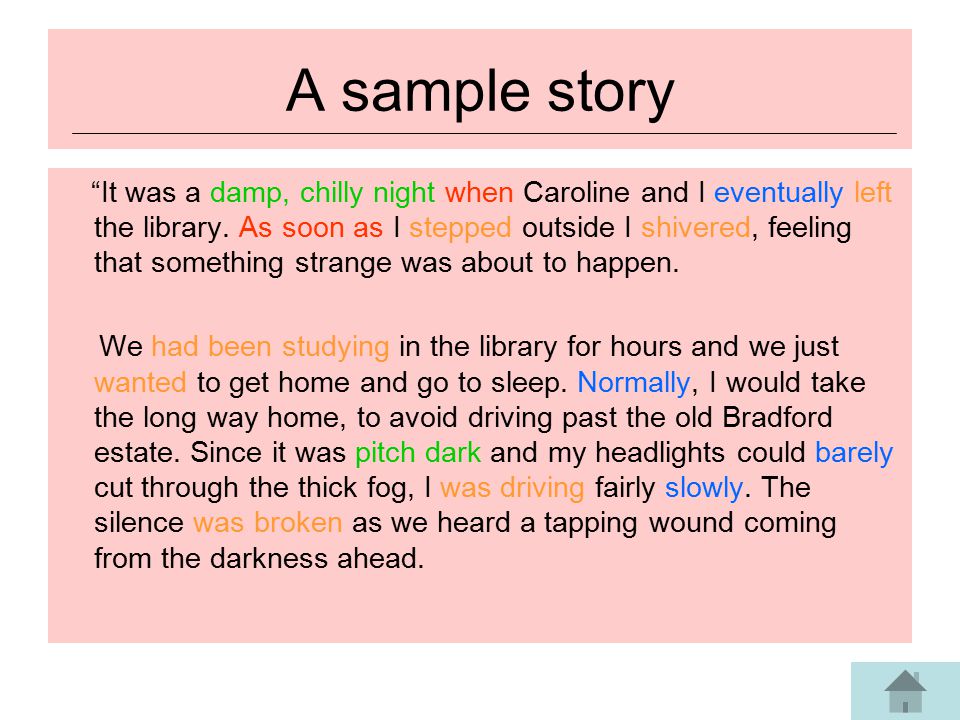 ”
”
Summing It Up
Despite all of these carefully chosen elements involved in effectively telling a story through dance, emme suggests playing with being unpredictable to keep the audience intrigued. Take a segment of choreography that feels natural and try doing the opposite. Make it more complex. Switch up your habitual movement patterns and tendencies!
At the end of the day, you must be open to your work being interpreted differently than what you intended. emme dance collective’s goal is not for the audience to know exactly the story behind what they are doing, but to leave feeling something.
dance as a way to talk about domestic violence / Article
Life today
Interview Studio
Life today
Life today
Narrating experiences through dance
Iesaki:
Life today
Share
April 9, 2019, 7:41 am
Culture
Author: Ewald Dukul (correspondent of Russian broadcasting LTV7)
Dance - as an opportunity to tell your story.
 Movement is a way to show your emotions that cannot be expressed in words. The body is like a communication tool. In preparation for the annual international competition of choreographers BEST SHOW, the girls from the Body langauge group will talk about domestic violence with the help of dance, according to the program “Life Today” of Russian Broadcasting LTV7. nine0022
Movement is a way to show your emotions that cannot be expressed in words. The body is like a communication tool. In preparation for the annual international competition of choreographers BEST SHOW, the girls from the Body langauge group will talk about domestic violence with the help of dance, according to the program “Life Today” of Russian Broadcasting LTV7. nine0022 “This dance is basically about domestic violence. Me myself... Long story about what's going on in my family, but... Before we start rehearsing, we just talk about it for about two hours. I myself faced this problem for seven years. Not on the part of my man, but on the part of my mother's husband, unfortunately. When I started dancing, only then I started talking about it. Before that, no one knew what was happening in my family. Through dance, we talk about what is difficult for us to put into words,” says Pegiya Heydane, founder of the Body Language group. nine0010
At the international competition BEST SHOW, girls are ready to speak loudly about a problem that many people prefer to keep silent about. And the team hopes that they will be heard. “This year we prepared the site even more than last year. We will have a huge amount of special effects that dancers can use in their performances. It will be all kinds of sparks, smoke, lighting, ultraviolet,” says Anastasia Vorkunova, organizer of the Best Show.
And the team hopes that they will be heard. “This year we prepared the site even more than last year. We will have a huge amount of special effects that dancers can use in their performances. It will be all kinds of sparks, smoke, lighting, ultraviolet,” says Anastasia Vorkunova, organizer of the Best Show.
And after long rehearsals and a successful performance, the winners will receive a prize from the jury member Laima Vaikule - a performance at her summer festival "Randevu". The winners will also have a rest in a dance camp in Sicily. “It's dance week. Training, beach, sun, vacation 360 degrees. Choreographers who will take first place will go to us. Everything is fully paid for, ”Vorkunkova explains. nine0010
The fifth dance competition BEST SHOW without rules and restrictions in dance styles this year will be held on May 1st at Studio 69.
Noticed an error? Let us know about it!
Please select the appropriate fragment in the text and press Ctrl+Enter.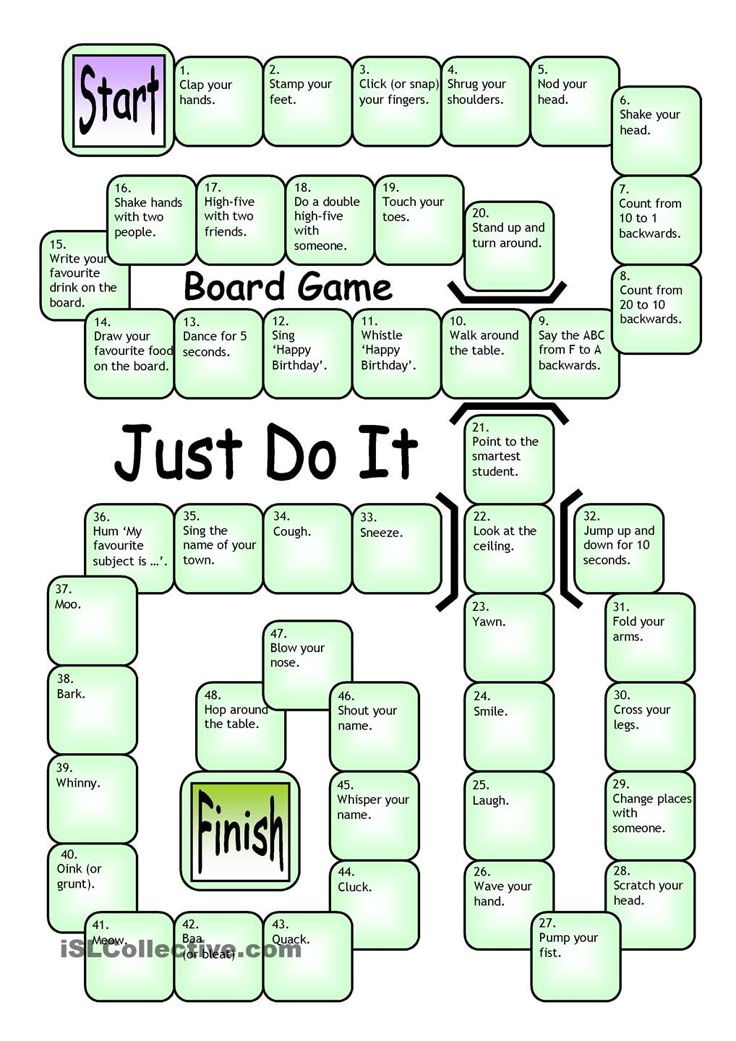
Please highlight the relevant part of the text and click Report a bug.
On this topic
- Violence
- Dancing
- Competitions
- Life today
The Christmas campaign of the helpline 116111 for children and teenagers 9 starts0002 Rising prices in construction: the situation in the residential segment is better than in the commercial segment
Everyone dances! Dancesport competitions in Liepaja are beautiful and incendiary
“There are only two people's artists of the USSR left in Latvia.
 Me and Pauls! Prima ballerinas Errs and Beiris celebrate their anniversary
Me and Pauls! Prima ballerinas Errs and Beiris celebrate their anniversary
Culture
Culture
Pre-Christmas surprise from Janis Streič, filmmaker and artist #Kultura1kb
Culture
Charity concert in St. Petra - Proceeds will be used to buy a new piano #kultura1kB
Culture
At the Latvian Academy of Arts – Jaunmarka
Culture
Haven't bought a calendar for the New Year yet? Then go to the "Room" #kultura1kB
Culture
The last flea market took place in Daugavpils, and Santa Claus is waiting for a letter (PHOTO)
Culture
A festive fair has reopened at the Art Academy! #Kultura1kB
Culture
Culture
Daugavpils schoolchildren “responded for the market” (PHOTO)
Culture
New gallery in Old Riga brought together the flower of Latvian art and Ukrainian masters #Kultura1Kb
Culture
New home for the "suitcase collection".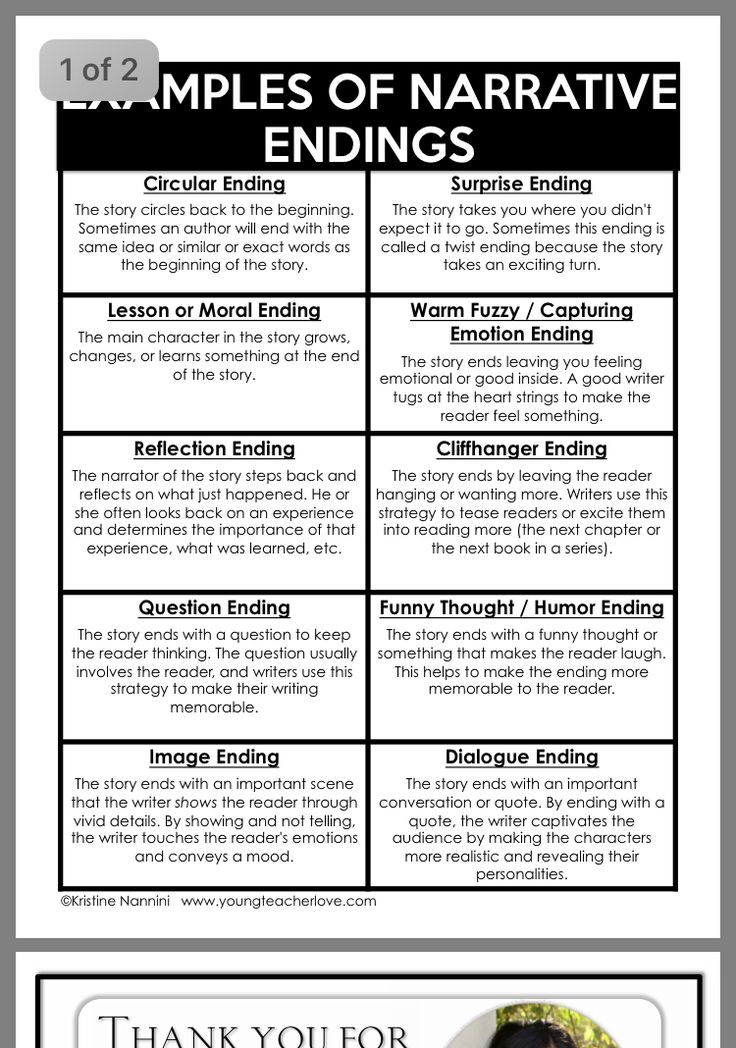 Puppet museum opens in Liepaja (PHOTO)
Puppet museum opens in Liepaja (PHOTO)
Culture
"Winter Variations" of Liepaja Theatre, tickets sold out like fresh piparkukas
Culture
A young Czech fell in love with Latgale and wrote a book about it
Culture
The gold fund of the Latvian theater has collected two dozen of its legends #kultura1kB01:00:33 TC program. Bloggers as media? VIDEO: information program "New Day". 12/21/2022 01:03:10Patriots cannot be forcibly raised - deputy on compulsory military service 01:06:54VIDEO: Domskaya Ploshchad program on LR-4.
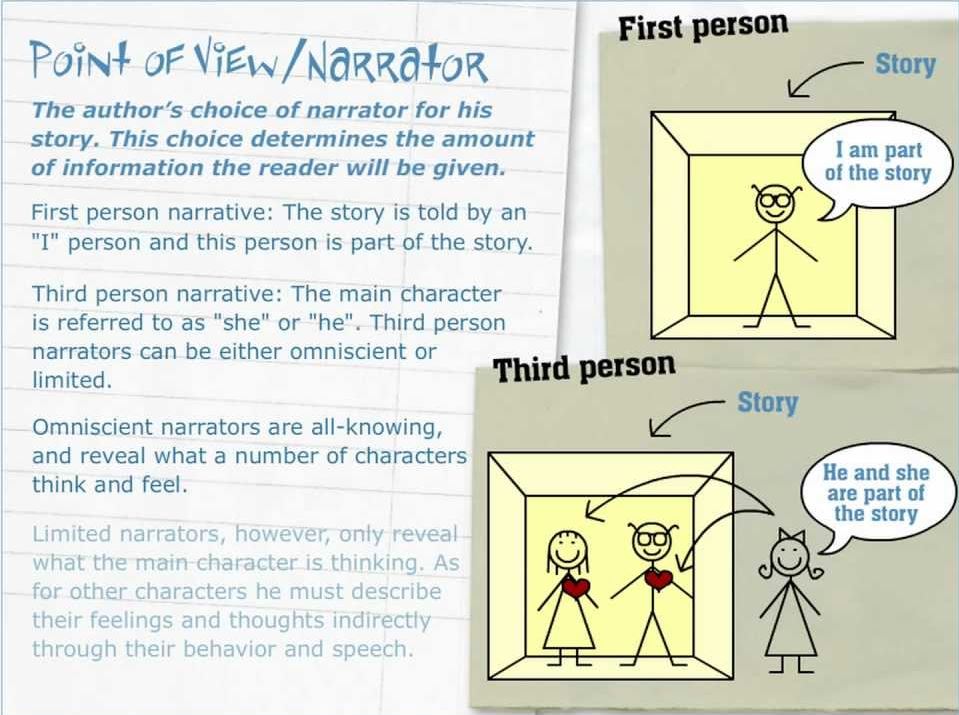 12/21/2022 52:10Points of assistance to Ukrainians on the border themselves need support 03:42
12/21/2022 52:10Points of assistance to Ukrainians on the border themselves need support 03:42 More video
Latest news long night
VIDEO: Rus.LSM "Tonight". News at 19:00
I have never seen such an early flu epidemic in my life — infectologist
The sixth day of the Dod pieci charity marathon! – collected 401,470 euros
Not all fish sold are caught legally — State Service Wednesday 4. 12/21/2022
More
Essential
Portrait against the backdrop of the war. Oksana, Italian Ukrainian, volunteer and refugee helperThe sixth day of the charity marathon Dod pieci! – collected 401,470 euros
The court of first instance acquitted Ushakov in the case of possession of a prohibited device
Russian attack on Ukraine: Zelensky will visit the US
Today is the longest night
Indoor football hall opened in Liepaja (PHOTO)
Because of the ice - a lot of victims and accidents
Changeable weather with precipitation is promised for the holidays
Pasažieru vilciens will receive new electric trains at least 4 months later
You can't force patriots to grow up - deputy on compulsory military service
An Afghan refugee who was brought to Latvia across the border with Belarus died in a hospital in Rezekne
Popular
1. An Afghan refugee who was brought to Latvia across the border with Belarus died in a hospital in Rezekne 2. The trial of the deputy Gloria Grevtsova began 3. The court of first instance acquitted Ushakov in the case of possession of a prohibited device 4. The prosecutor will ask the Seimas to extradite deputy Grevtsova to bring to criminal responsibility 5. Portrait on the background of the war. Vladimir Ivanovich, who led the occupied Nova Kakhovka, but did not cooperate with the occupiers 6. Due to slippery streets, there are three times as many patients in the Riga 2nd Hospital 7. Russian attack on Ukraine: the war has been going on for 300 days, Russia wants to ban maps with Ukrainian Crimea 8. Pasažieru vilciens will receive new electric trains at least 4 months later 9. A thaw is expected throughout Latvia on Wednesday 10.
An Afghan refugee who was brought to Latvia across the border with Belarus died in a hospital in Rezekne 2. The trial of the deputy Gloria Grevtsova began 3. The court of first instance acquitted Ushakov in the case of possession of a prohibited device 4. The prosecutor will ask the Seimas to extradite deputy Grevtsova to bring to criminal responsibility 5. Portrait on the background of the war. Vladimir Ivanovich, who led the occupied Nova Kakhovka, but did not cooperate with the occupiers 6. Due to slippery streets, there are three times as many patients in the Riga 2nd Hospital 7. Russian attack on Ukraine: the war has been going on for 300 days, Russia wants to ban maps with Ukrainian Crimea 8. Pasažieru vilciens will receive new electric trains at least 4 months later 9. A thaw is expected throughout Latvia on Wednesday 10. Patriots cannot be forcibly raised - deputy on compulsory military service
Patriots cannot be forcibly raised - deputy on compulsory military service Another
nine0000 Dance as a Philosophy • Episode Transcript • Arzamas
You have Javascript disabled. Please change your browser settings.
CourseWhat is modern danceAudio lecturesMaterialsContents of the second lecture from Irina Sirotkina's course "What is modern dance"
It is believed that the goal of education is to get rid of imposed opinions, patterns, stereotypes. There are also many stereotypes about dance. Many people think, for example, that dancing is not an intellectual pursuit: intellectuals are not interested in dancing, and dancers do not read books. And it is also believed that it is better to dance than to talk or read about dance. Let's say right away: it's better - both. Moreover, one thing - dancing - is hardly possible without the other - without thinking, talking, reading about dance. nine0010
Stereotypes, alas, are peculiar not only to poorly educated people, but sometimes even to philosophers.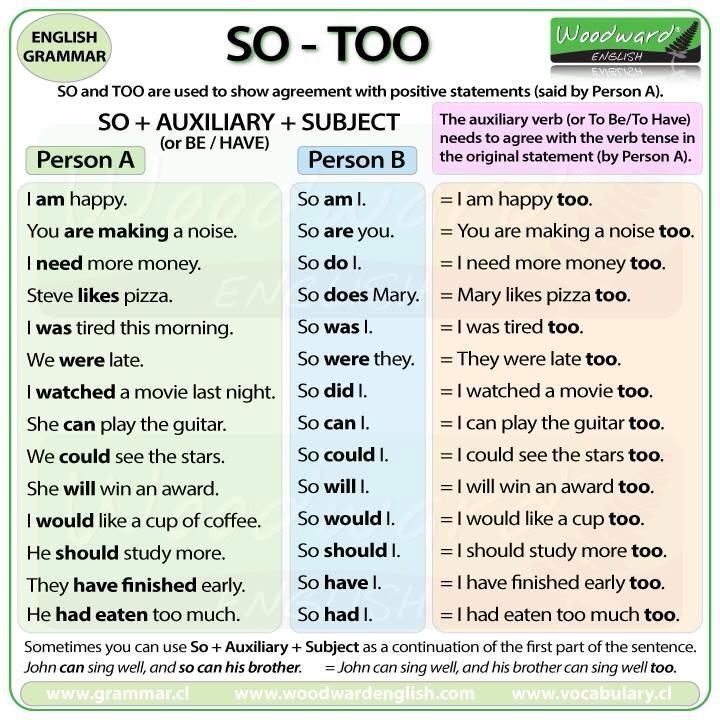 Philosophy in the West and in our country has long ignored the body. The body has been the Cinderella of classical philosophy ever since, in the 17th century, René Descartes separated the thinking substance, res cogitans (or, literally, "the thing that knows"), from the material substance, res extensa, endowed only with the property of extension. Thought was thus incorporeal. But philosophers were only interested in it - thought. Already in the 19th century, Hegel declared that the subject of thought is an incorporeal spirit. This was probably due to the fact that philosophers took very little care of their own bodies and sat a lot. nine0010
Philosophy in the West and in our country has long ignored the body. The body has been the Cinderella of classical philosophy ever since, in the 17th century, René Descartes separated the thinking substance, res cogitans (or, literally, "the thing that knows"), from the material substance, res extensa, endowed only with the property of extension. Thought was thus incorporeal. But philosophers were only interested in it - thought. Already in the 19th century, Hegel declared that the subject of thought is an incorporeal spirit. This was probably due to the fact that philosophers took very little care of their own bodies and sat a lot. nine0010
Nevertheless, let's give Hegel his due: he considered sculpture to be the highest and most beautiful of all arts. And the favorite subject of sculptors is the human body. Hegel defined beauty as the conformity of form to an idea, as an expression of the eternal idea of beauty. These were the ancient sculptures of heroes, gods, sages-philosophers, whom everyone then admired. But dance is related to sculpture! Dance, like sculpture, is often classified as a plastic art. And at the beginning of the 20th century, a new dance appeared, which was called plastic. It is quite possible to imagine that dance is a sculpture in motion, plasticity is in dynamics. nine0010
But dance is related to sculpture! Dance, like sculpture, is often classified as a plastic art. And at the beginning of the 20th century, a new dance appeared, which was called plastic. It is quite possible to imagine that dance is a sculpture in motion, plasticity is in dynamics. nine0010
Friedrich Nietzsche was the first to notice that in dance the body also becomes a work of art, which means that it also expresses an idea, a thought. Nietzsche literally turned classical philosophy upside down. And he did it not least with the help of dance. Like Isadora Duncan, Nietzsche loved antiquity and believed that in ancient Greece the highest stage of human development was reached - a golden age, which people then lost. In The Birth of Tragedy from the Spirit of Music, Nietzsche composes a real ode to dance - an ancient and eternally young dance: “... man ... is ready to dance into the airy heights. Witchcraft speaks with his body movements. …He feels like a god.” And in the philosophical poem Thus Spoke Zarathustra, Nietzsche writes: "I would only believe in a God who could dance.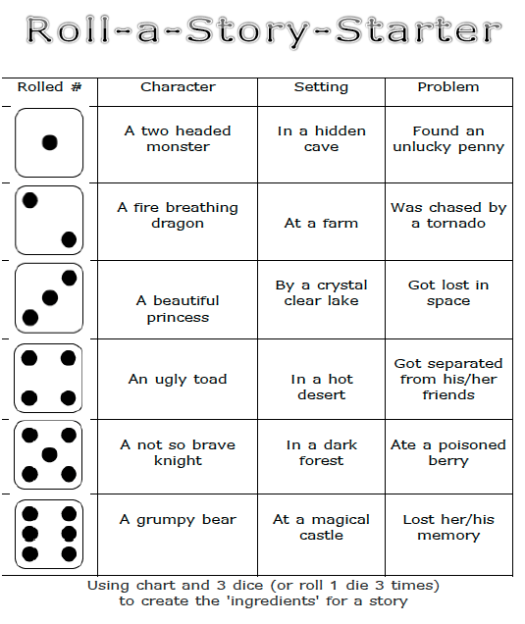 " His Zarathustra dances with nymphs in green meadows. For Nietzsche, dance becomes an attribute of the highest, divine art and thought. Therefore, dance for Nietzsche is a metaphor for thought. The divine lightness of the dance is opposed to everything "serious, weighty, deep, solemn" - in a word, boring; opposes "the spirit of gravity, by which all things fall to the ground." Through the mouth of Zarathustra, the philosopher calls to "learn to fly", "to be light", "to dance not only with your feet, but also with your head" - that is, to be light and free in your thinking, just as a good dancer is free and light in dancing. nine0010
" His Zarathustra dances with nymphs in green meadows. For Nietzsche, dance becomes an attribute of the highest, divine art and thought. Therefore, dance for Nietzsche is a metaphor for thought. The divine lightness of the dance is opposed to everything "serious, weighty, deep, solemn" - in a word, boring; opposes "the spirit of gravity, by which all things fall to the ground." Through the mouth of Zarathustra, the philosopher calls to "learn to fly", "to be light", "to dance not only with your feet, but also with your head" - that is, to be light and free in your thinking, just as a good dancer is free and light in dancing. nine0010
At that time, which is called the Silver Age in Russia, very many became Nietzscheans, spoke his language, using the metaphor of dance. The poet Andrei Bely dreamed that his works were "a dance of self-fulfilling thought." The same idea is echoed by today's Nietzscheans like the French philosopher Alain Badiou. For him, too, dance is “a metaphor for unsubdued, light, refined thought”, “a sign of the possibility of art inscribed in the body”.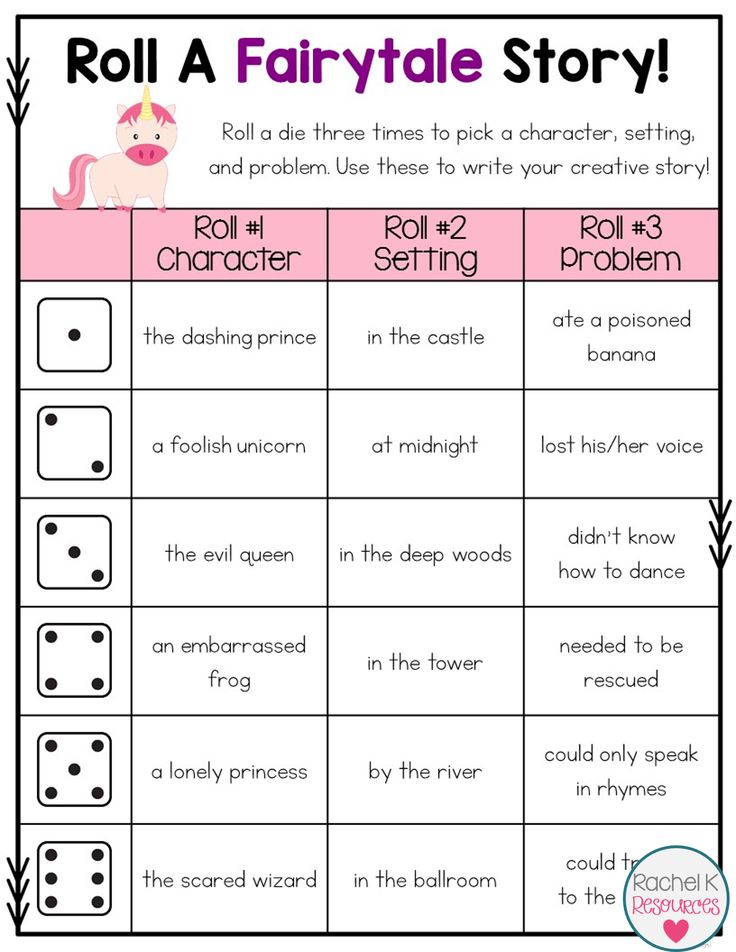 Free, unfettered, non-dogmatic thought is like a dance. nine0010
Free, unfettered, non-dogmatic thought is like a dance. nine0010
Nietzsche exclaimed: "And let the day be lost for us when we never danced!" The influence of this philosopher-dancer, not only on his colleagues in the workshop, but also on the dancers, can hardly be overestimated. Isadora Duncan loved to read Nietzsche and quoted him in her reflections on dance. She was not the only one: Nietzsche was also read by the German dancer, one of the creators of Art Nouveau, Mary Wigman. Wigman put one of her compositions on a chapter from Nietzsche's poem "Thus Spoke Zarathustra", which is called "Song-Dance". Maurice Béjart and many other dancers read Nietzsche. These are real intellectuals from dance, artist-thinkers. They created not only choreography, but also artistic manifestos and programs: Duncan wrote "Dance of the Future", Rudolf Laban - "The Dancer's World", Mary Wigman - "Philosophy of Modern Dance". nine0010
What was the Nietzschean idea of these outstanding intellectual dancers? First, in the criticism of everything artificial. Isadora passionately criticized ballet for its alleged artificiality, conventionality, and the harm it does to the body. And she herself presented an alternative - a "natural" dance, similar to movement in nature. His examples are not six ballet positions (that is, several positions of arms and legs on which the entire choreography of classical ballet is based), but “wave vibrations and the rush of winds, the growth of living beings and the flight of birds, floating clouds and ... human thoughts ... about the Universe ... ". Duncan considered one of the manifestations of the extreme artificiality of the ballet that the movements in it are fractional, isolated, do not follow from each other, are not connected with each other and "are unnatural, because they seek to create the illusion that the laws of gravity do not exist for them." On the contrary, in a free dance, the actions “should carry in themselves a germ from which all subsequent movements could develop” - approximately in the same way as evolution occurs in nature.
Isadora passionately criticized ballet for its alleged artificiality, conventionality, and the harm it does to the body. And she herself presented an alternative - a "natural" dance, similar to movement in nature. His examples are not six ballet positions (that is, several positions of arms and legs on which the entire choreography of classical ballet is based), but “wave vibrations and the rush of winds, the growth of living beings and the flight of birds, floating clouds and ... human thoughts ... about the Universe ... ". Duncan considered one of the manifestations of the extreme artificiality of the ballet that the movements in it are fractional, isolated, do not follow from each other, are not connected with each other and "are unnatural, because they seek to create the illusion that the laws of gravity do not exist for them." On the contrary, in a free dance, the actions “should carry in themselves a germ from which all subsequent movements could develop” - approximately in the same way as evolution occurs in nature.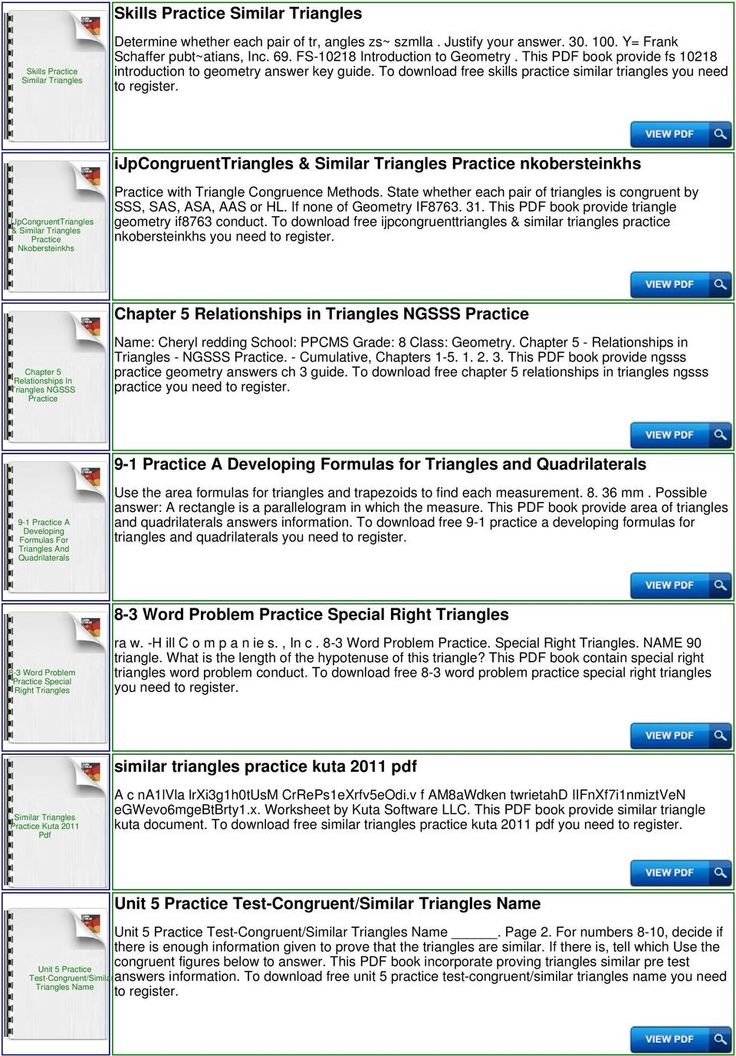 Dancing, Isadora believed, should be every person, and it will be his own, personal dance, corresponding not to ballet canons, but to the structure of his own body. In other words, she insisted on individuality, freedom, spontaneity in dance - motivating this by the fact that nature itself works this way. “Duncan is not just a name, but a program,” wrote one of her fans in Russia, art critic Alexei Sidorov. nine0010
Dancing, Isadora believed, should be every person, and it will be his own, personal dance, corresponding not to ballet canons, but to the structure of his own body. In other words, she insisted on individuality, freedom, spontaneity in dance - motivating this by the fact that nature itself works this way. “Duncan is not just a name, but a program,” wrote one of her fans in Russia, art critic Alexei Sidorov. nine0010
German dancer Mary Wiegmann (real name - Marie Wiegmann) lived 86 years (1886-1973). By the way, this is far from the only case of longevity among dancers - it seems to me that these people, who were burning with their work, simply could not die and leave this work on earth. So, Wigman began to create her dances in a unique place - on the mountain of Truth, Monte Verita. This was the name of the community of artists, philosophers, anarchists, theosophists, vegetarians, nudists who set up a colony in Italian Switzerland, on the shores of Lake Maggiore. There at 19In the year 13, Rudolf Laban, the son of a field marshal from Austria-Hungary, arrived, who at that time was studying architecture in Paris.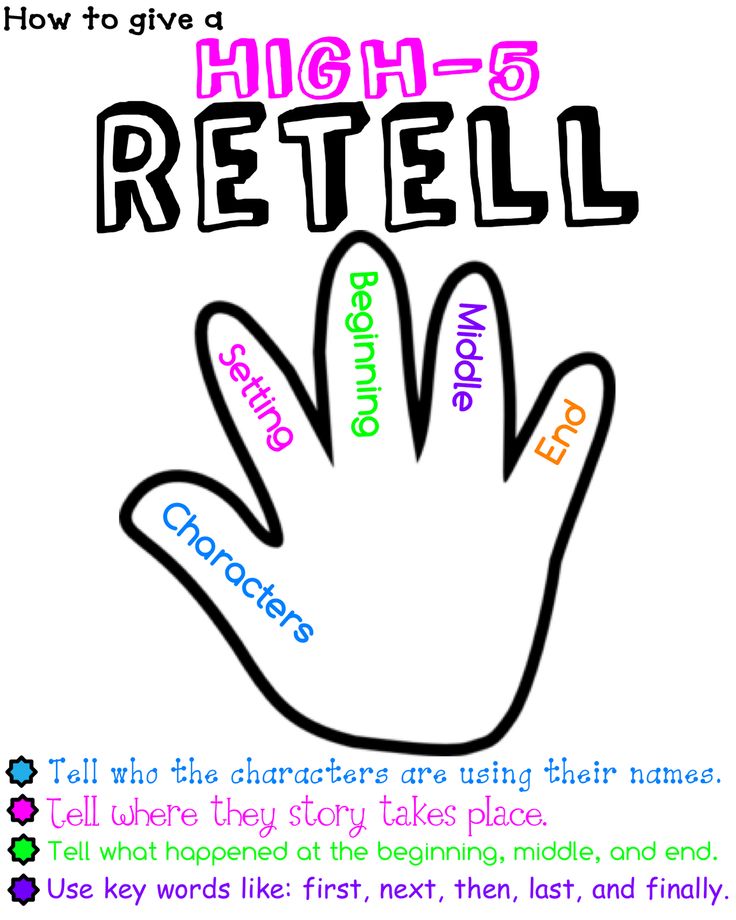 And here he began - like Zarathustra dancing in "round dances" - to lead his "moving choirs". It was like a pantomime performed by a group of people. Wigman, Suzanne Perrotte, and many other future dancers, creators of new styles - expressionism and modernity, participated in these "choirs" (where there was no music and songs, only movement and gestures). In the warm Swiss climate, they danced on the banks of Lago Maggiore, naked or half-clothed, celebrated mass to the sun, and thought up other rituals for the new, liberated humanity. What the colonists on Monte Verita offered - given that at that very time a fratricidal world war was going on in Europe, in which Christians destroyed Christians - was not the worst offer to mankind. nine0010
And here he began - like Zarathustra dancing in "round dances" - to lead his "moving choirs". It was like a pantomime performed by a group of people. Wigman, Suzanne Perrotte, and many other future dancers, creators of new styles - expressionism and modernity, participated in these "choirs" (where there was no music and songs, only movement and gestures). In the warm Swiss climate, they danced on the banks of Lago Maggiore, naked or half-clothed, celebrated mass to the sun, and thought up other rituals for the new, liberated humanity. What the colonists on Monte Verita offered - given that at that very time a fratricidal world war was going on in Europe, in which Christians destroyed Christians - was not the worst offer to mankind. nine0010
Almost all modern dance came from a small commune in the Swiss Alps. We have already mentioned Wigman - here she created her ingenious dance-rituals: she came up with her "Dance of the Witch", then she created the "Dance Song" to the words of Nietzsche, and later, with her students, staged "Monument to the Dead" ("Totenmal") . In her article "The Philosophy of Modern Dance" (1933), she wondered if classical ballet was possible after the World War. Wigman believed that dance should be updated - not only in terms of new movements, steps or steps, but also in terms of the seriousness of the questions that choreographers ask. nine0010 The Witch's Dance by Mary Wigman. 1920s
In her article "The Philosophy of Modern Dance" (1933), she wondered if classical ballet was possible after the World War. Wigman believed that dance should be updated - not only in terms of new movements, steps or steps, but also in terms of the seriousness of the questions that choreographers ask. nine0010 The Witch's Dance by Mary Wigman. 1920s
In addition to Wigman, other modern choreographers also began to address current political and existential questions, questions about life. Kurt Joss staged the contemporary ballet "Green Table" - about those negotiations that European diplomats failed, which led to the world war. Pina Bausch began to study with Joss - she later created her own dance theater in the German city of Wuppertal, one of the most famous in the world. In the 20th century, along with dance-entertainment, a dance-reflection, dance-satire appeared. This is the result of real intellectual dancers appearing—or, as in the case of Laban, intellectuals began to dance, to become dance artists. nine0010
This is the result of real intellectual dancers appearing—or, as in the case of Laban, intellectuals began to dance, to become dance artists. nine0010
They opposed themselves to that light entertainment genre that ballet was traditionally considered to be. It must be said that in the 18th and 19th centuries ballet served as light entertainment, divertissement: ballets in the theater were given in intermissions between two short operas or between two acts of an opera, and often it was called that - ballet divertissement (divertissement in French "entertainment") . To distance themselves from this tradition, the new choreographers called their style not ballet, but modern dance. Modern included Mary Wigman, Kurt Joss and other students of Laban in Europe, and in the USA Martha Graham and other dancers. In our country, modern dance began to develop successfully in 1920s, but was banned for ideological reasons. After that, academic ballet reigned for a long time, and other genres (except, perhaps, folk stage dance) became marginal.
At first, classical ballet remained aloof from the processes that took place in modern dance. However, here, too, choreographers-philosophers appeared who staged meaningful performances. Maurice Bejart also belonged to the dancing philosophers, or philosophizing dancers (he left us relatively recently, in 2007). His real name is Berger; he is the son of the philosopher Gaston Berger, who, in particular, wrote a treatise on Husserl's phenomenology. Maurice graduated from the Lyceum with honors in philosophy, and then he took and went to study classical dance. As in philosophy, he was also successful in ballet - despite his small stature and short legs, he performed the title role of Siegfried in Swan Lake. nine0010
In the mid-1950s, Béjart founded his first company and staged his first ballet, La Symphonie for a Solo Man (La Symphonie pour un homme seul) to "concrete music" by contemporary composer Pierre Henry. Specific music was an electronic compilation of musical fragments, sounds of nature and household noises - for example, factory horns. The music alone provoked the audience - there really was a scandal at the premiere. Moreover, the theme is not typical for ballet: existentialism, loneliness, anxiety. These sentiments, however, were very typical of those years when Jean-Paul Sartre was the most popular philosopher. Bejart, thus, immediately declared himself as a choreographer-philosopher. And five years later he finally read Nietzsche, and this reconciled his two strongest passions - philosophy and dance. And his dance changed, became more powerful, passionate and vital. Having created a new company - "Ballet of the 20th century", Bejart turns to ancient myths, in which movement, dance have a sacred meaning, and puts on the ballets "Orpheus", "The Rite of Spring", "Sacrifice". nine0010
The music alone provoked the audience - there really was a scandal at the premiere. Moreover, the theme is not typical for ballet: existentialism, loneliness, anxiety. These sentiments, however, were very typical of those years when Jean-Paul Sartre was the most popular philosopher. Bejart, thus, immediately declared himself as a choreographer-philosopher. And five years later he finally read Nietzsche, and this reconciled his two strongest passions - philosophy and dance. And his dance changed, became more powerful, passionate and vital. Having created a new company - "Ballet of the 20th century", Bejart turns to ancient myths, in which movement, dance have a sacred meaning, and puts on the ballets "Orpheus", "The Rite of Spring", "Sacrifice". nine0010
In 1961 Béjart staged perhaps his most popular ballet, Boléro. Bejart's favorite dancer Argentine Jorge Donn, Maya Plisetskaya, Sylvie Guillem shone in it ... Bejart was not the first to turn to Ravel's music. In fact, this composition was composed by Ravel at the request of the dancer Ida Rubinstein.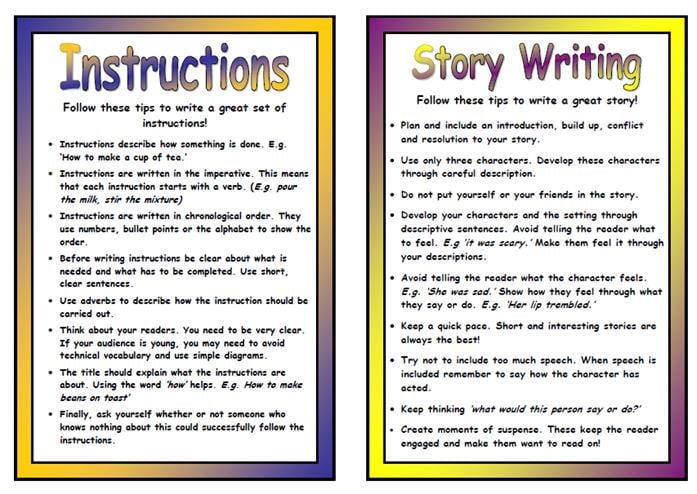 The ballet "Bolero" was staged for her by the sister of the famous Vaslav Nijinsky, the wonderful performer and choreographer Bronislava Nijinsky herself. The ballet takes place in a tavern, and in the finale, Ida jumped on the table and danced on it, surrounded by enthusiastic male patrons. If you have seen Béjart's "Bolero" (or you can watch it right now), then you know that this dance is also performed on a raised platform. But due to a completely different choreography, idea, mood, this dance is more like not drunken fun in a pub, but a very serious and passionate sacrificial ritual. Even Bejart's table is not a table, but an altar on which sacrifice is made. nine0010 Bolero. Choreography by Maurice Bejart, music by Maurice Ravel. Dancing Jorge Donn. 1960
The ballet "Bolero" was staged for her by the sister of the famous Vaslav Nijinsky, the wonderful performer and choreographer Bronislava Nijinsky herself. The ballet takes place in a tavern, and in the finale, Ida jumped on the table and danced on it, surrounded by enthusiastic male patrons. If you have seen Béjart's "Bolero" (or you can watch it right now), then you know that this dance is also performed on a raised platform. But due to a completely different choreography, idea, mood, this dance is more like not drunken fun in a pub, but a very serious and passionate sacrificial ritual. Even Bejart's table is not a table, but an altar on which sacrifice is made. nine0010 Bolero. Choreography by Maurice Bejart, music by Maurice Ravel. Dancing Jorge Donn. 1960
Such was the increased seriousness and even sacredness of modern dance in comparison with its predecessor, classical ballet of the 19th century.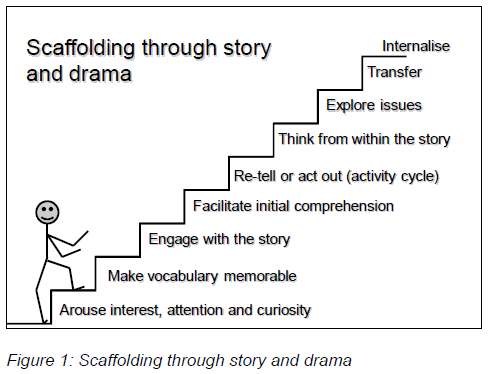 It should be added that Bejart himself converted to Islam in the late 1960s, but Buddhism was also close to him. And he called his last dance schools "Mudra" (which means "gesture" in Hindi) - in Brussels, and "Rudra" (after the name of the deity) - in Lausanne. Over the past twenty years, Béjart has staged almost a hundred ballets, including, a year before his death, Zarathustra: Song and Dance. Zarathustra for him is a philosopher, a prophet, a legislator, a dancing god who dances with his feet and head. nine0010
It should be added that Bejart himself converted to Islam in the late 1960s, but Buddhism was also close to him. And he called his last dance schools "Mudra" (which means "gesture" in Hindi) - in Brussels, and "Rudra" (after the name of the deity) - in Lausanne. Over the past twenty years, Béjart has staged almost a hundred ballets, including, a year before his death, Zarathustra: Song and Dance. Zarathustra for him is a philosopher, a prophet, a legislator, a dancing god who dances with his feet and head. nine0010
More to read:
Badiou A. A small guide to inaesthetics. St. Petersburg, 2014.
Bejart M. A moment in the life of another. Memoirs. M., 1989.
Valerie P. On Art. Soul and dance. M., 1993.
Duncan A. Dance of the future.
Nietzsche F. Thus spoke Zarathustra.
Game! From and to: put the events of The Lord of the Rings in the correct order
Which came first, the siege of Minas Tirith or the Battle of Helm's Deep? The fall of Gandalf from the bridge of Khazad-dum or the attack of the Ents on Isengard? Play our game and check how well you remember the Tolkien trilogy
Want to be aware of everything?
Subscribe to our newsletter, you'll love it.
